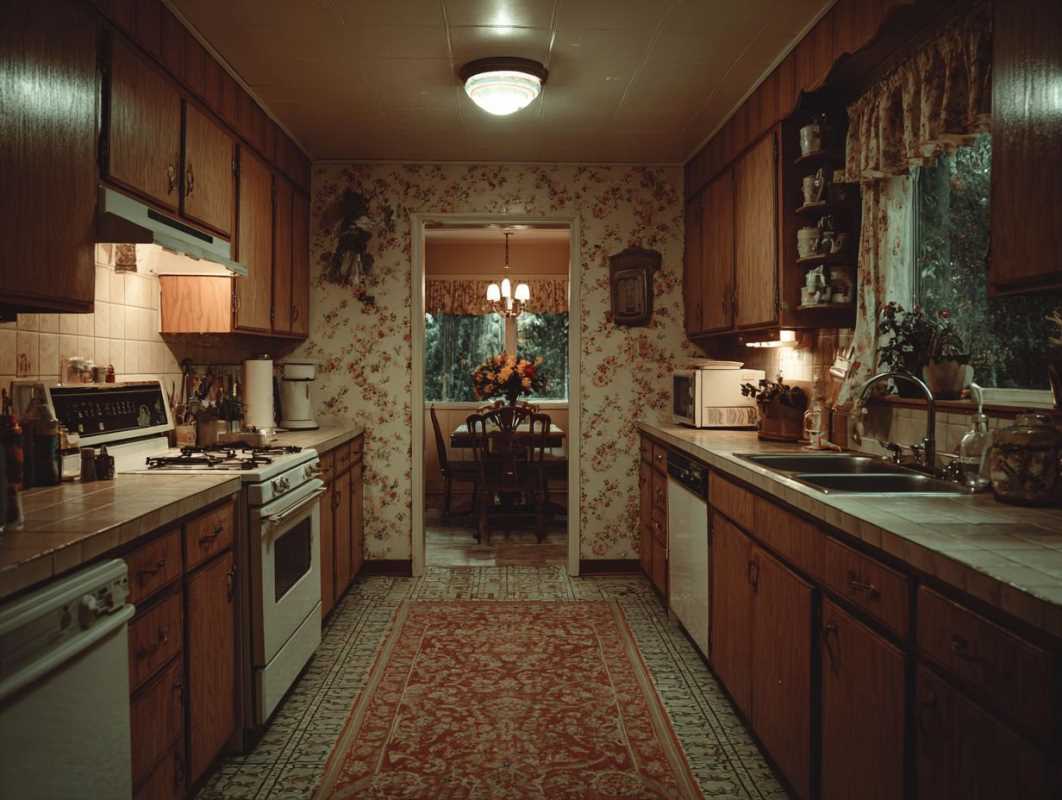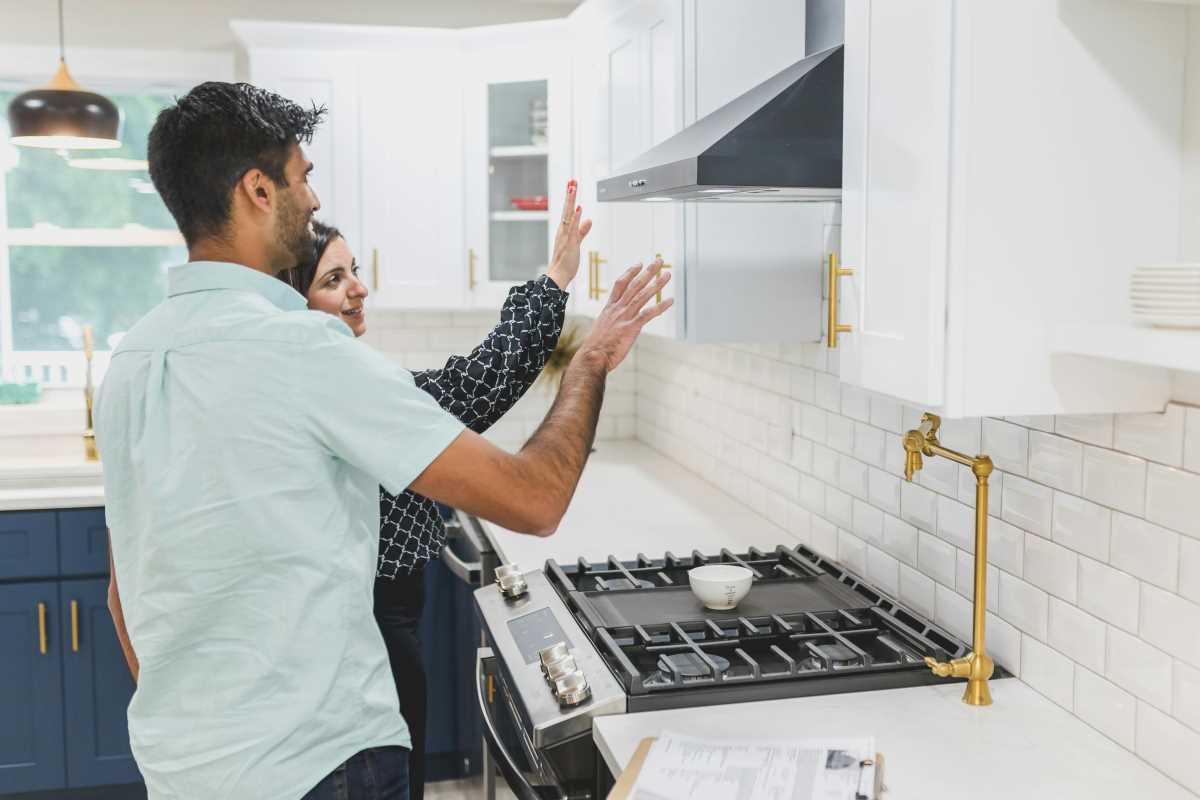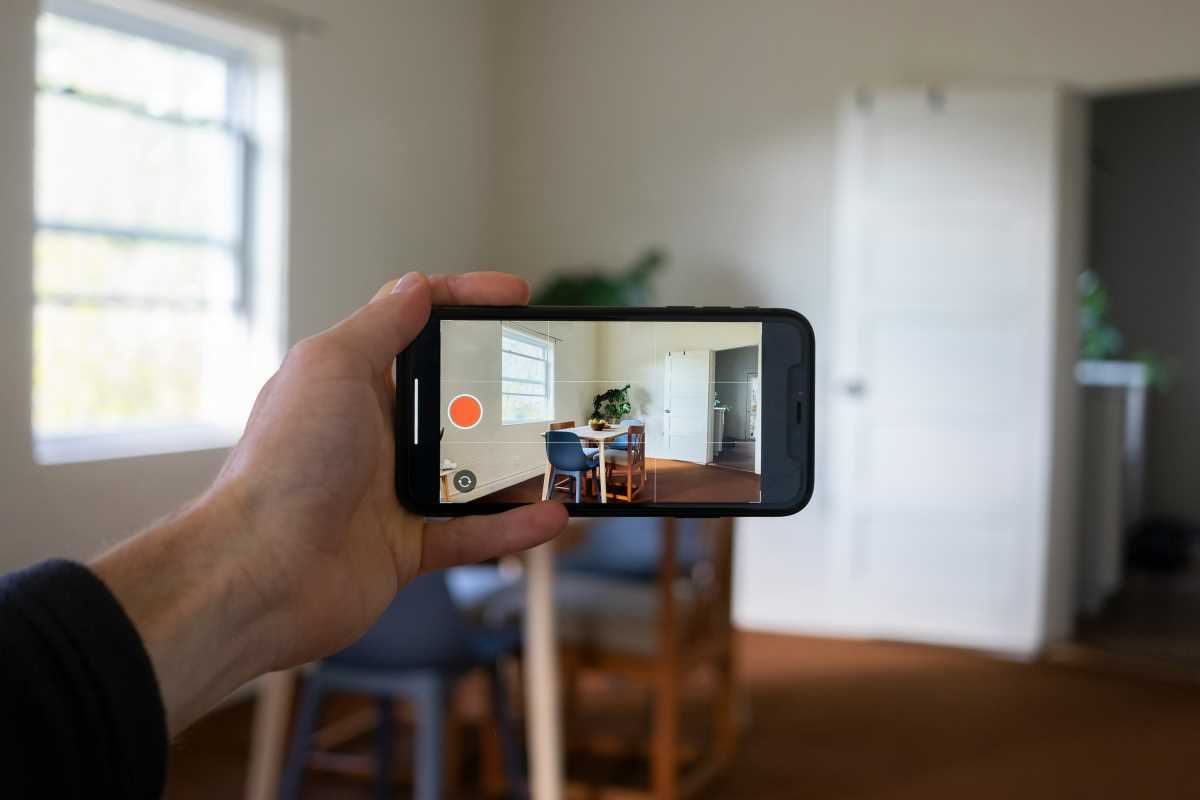When I decided to sell my last house, I thought I had everything covered. I repainted the living room, tidied up the garden, and even baked cookies before viewings. I was ready. Or so I thought. What I didn’t realize is that buyers have a knack for noticing the little things you’ve stopped seeing after years of living in a place. They see your home with fresh eyes, and their first impression is shaped by details you might have completely overlooked.
Getting your home ready for the market is about more than just a deep clean. It’s about looking at your space from a buyer’s perspective. You’re not just selling a building; you’re selling a potential future. Let’s walk through some of the hidden things that buyers almost always notice, and I’ll share some practical ways you can address them. Think of this as your guide to making your home truly shine.
1. Lingering Odors You’ve Gone Nose-Blind To
This is a big one. Every home has a unique scent, and after living there for a while, you become completely immune to it. Whether it’s the lingering smell of last night’s fish dinner, your beloved pets, or that slightly musty scent from the basement, buyers will notice it the second they walk through the door. An unfamiliar or unpleasant smell can be a major turn-off, making a space feel unclean or poorly maintained.
How to Fix It:
Don't just mask odors with heavy air fresheners; that can be just as off-putting. The goal is to eliminate them. Start by deep cleaning carpets, upholstery, and curtains, which are notorious for trapping smells. Wash pet beds and air out the house by opening windows for a few hours each day leading up to a showing. A good trick I learned is to simmer some cinnamon sticks and citrus peels in water on the stove an hour before people arrive. It creates a subtle, welcoming scent that feels natural and clean.
2. The State of Your Switches and Outlets
Take a walk through your home and look closely at your light switches and electrical outlets. Are they cracked, discolored, or covered in grime? It might seem minor, but buyers notice these details. Mismatched or dirty fixtures can make a home feel dated and suggest that the electrical system might be old, even if it’s perfectly fine. It’s a small thing that can subconsciously plant a seed of doubt.
How to Fix It:
This is an easy and inexpensive weekend project. You can find new, clean, white cover plates at any hardware store for very little cost. Replacing old, yellowed ones can instantly make a room feel fresher and more modern. While you’re at it, give all the switches a good wipe-down with a cleaning solution. It’s a small investment of time and money that pays off in creating a polished look.
3. Clutter Inside Closets and Cabinets
You’ve probably spent a lot of time decluttering the main living areas, but what about the spaces behind closed doors? Buyers are curious. They will open your closets, pantry, and kitchen cabinets. They want to see how much storage space is available. If your closets are stuffed to the brim, it sends a message that the home lacks adequate storage, even if the closets are actually quite large.
How to Fix It:
Your goal should be to have your closets and cabinets about half-full. This might sound like a lot of work, but it’s a great opportunity to get a head start on packing. Go through your things and decide what to keep, donate, or pack away. Neatly organize what’s left. Stack items tidily, use matching hangers, and leave visible floor space in walk-in closets. When a buyer opens a door to see an organized, spacious-looking closet, it reinforces the idea that the home has plenty of room for their own belongings.
4. Poor or Inconsistent Lighting
How a home is lit can completely change its feel. A dark or dimly lit room can feel small, depressing, and uninviting. Buyers are drawn to bright, airy spaces. Inconsistent lighting, like having a mix of warm and cool-toned light bulbs in the same fixture or room, can also be jarring and make the space feel less cohesive.
How to Fix It:
First, make the most of natural light. Before a showing, open all the curtains and blinds to let the sunshine in. Make sure your windows are sparkling clean, inside and out. Next, assess your artificial lighting. Replace any burned-out bulbs and consider swapping old ones for brighter, energy-efficient LEDs. Stick to a consistent color temperature (warm white is usually a safe, inviting choice) throughout the house. Adding a floor lamp to a dark corner can make a huge difference.
5. Overlooked Maintenance Issues
A dripping faucet, a sticky door, a cracked tile—these are the little maintenance tasks that are easy to put off. You’ve learned to live with them, but a prospective buyer will see them as red flags. A collection of small, neglected repairs can lead a buyer to wonder what bigger, more expensive problems might be hiding out of sight. It can create an impression of a home that hasn’t been well cared for.
How to Fix It:
Create a checklist and walk through your home, room by room, as if you were a buyer. Make a note of every little thing that needs fixing. Tighten loose handles, fix that running toilet, patch small holes in the walls, and replace that one cracked tile in the bathroom. It might take a weekend or two to get through the list, but addressing these issues shows pride of ownership and gives buyers confidence in the home’s condition.
6. Your Front Door and Entryway Experience
The front door is the first physical interaction a buyer has with your home. A door with chipped paint, a tarnished handle, or a dusty, cobweb-filled porch doesn’t create a great first impression. It sets the tone for the rest of the tour. The entryway is just as important. If it’s dark, cramped, or cluttered with shoes and coats, it can feel unwelcoming.
How to Fix It:
Give your front door a fresh coat of paint in a classic, welcoming color. Polish or replace the handle and house numbers. Sweep the porch, get a new welcome mat, and maybe add a pot of seasonal flowers. Inside, make sure the entryway is clear and bright. Have a designated, out-of-sight spot for your own keys and mail. You want the buyer to step inside and immediately feel a sense of calm and possibility.
7. The Age and Condition of Major Appliances
While they might not be the most exciting part of a home tour, buyers definitely pay attention to the kitchen appliances and other major systems like the water heater and HVAC unit. They’ll look at the brands, check for signs of age or wear, and may even ask how old they are. Old, mismatched, or poorly functioning appliances can be a deal-breaker for some, as they represent a significant expense they’ll have to incur soon after moving in.
How to Fix It:
You don’t necessarily need to go out and buy all new appliances. However, make sure the ones you have are spotlessly clean. Remove any magnets or clutter from the refrigerator door. If one appliance is significantly older or more worn than the others, consider replacing just that one to create a more cohesive set. Also, it's helpful to gather any manuals and service records you have for your HVAC and water heater. It shows you’ve maintained them and gives the buyer valuable information.
Time to Get Your Home Ready
Preparing your home for sale is about taking the time to see your home through a buyer’s eyes and addressing the details that make a real difference. You’re showing potential buyers a home that is loved, well-maintained, and ready for its next chapter.
 (Image via
(Image via





